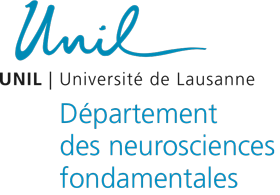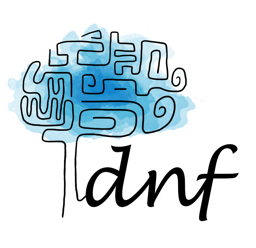We and others recently proposed that the abnormally elevated activation of (macro) autophagy is a new mechanism of neuronal death after perinatal cerebral hypoxia-ischemia (HI). Autophagy is an essential physiological degradation process in which the cell engulfs damaged organelles, toxic agents and long-lived proteins into autophagosomes before fusing to lysosomes and eliminating them. However we have shown that after cerebral hypoxia-ischemia/excitotoxicity and apoptosis, autophagy is strongly enhanced in both in vitro and in vivo rodent models and its inhibition (by pharmacological or genetical means) provides strong neuroprotection. We also demonstrated that autophagy is enhanced in the brains of human newborns who died from severe hypoxic-ischemic encephalopathy (HIE) suggesting that autophagy inhibition should be considered as a primary target for the development of neuroprotective strategies in human hypoxic-ischemic encephalopathy.
We have several projects in the lab aimed at unraveling how this abnormally activated autophagy could lead to neuronal death in perinatal brain injuries.




